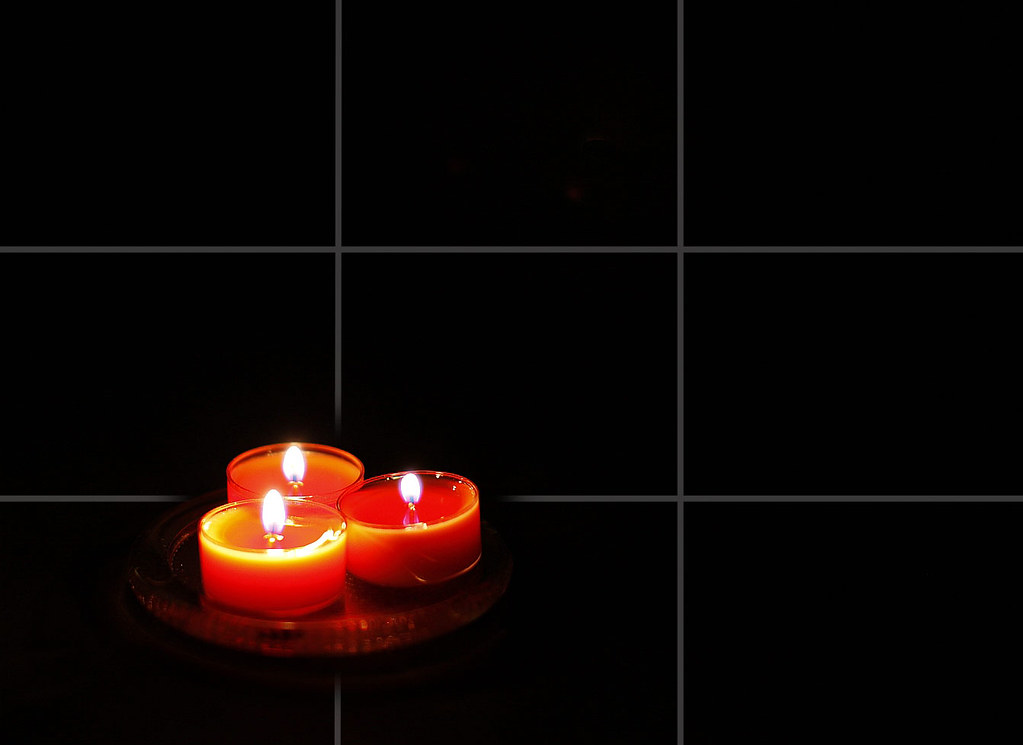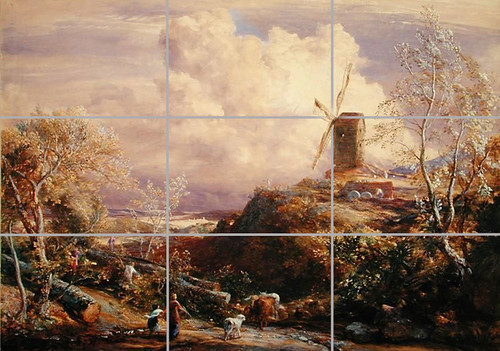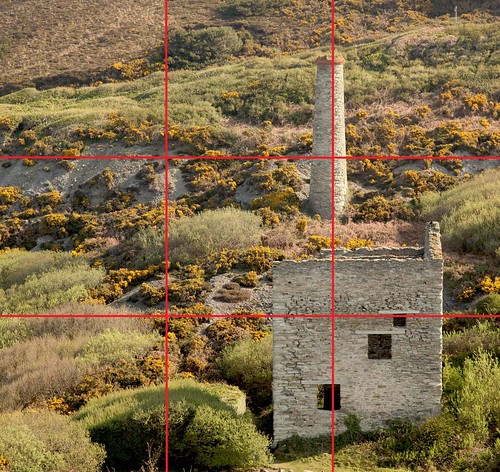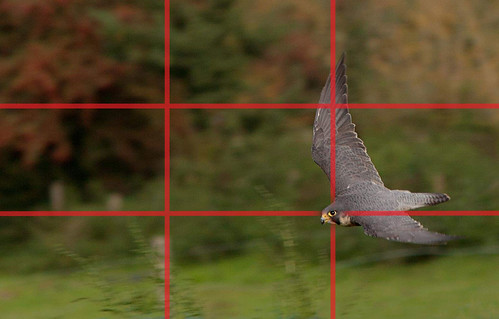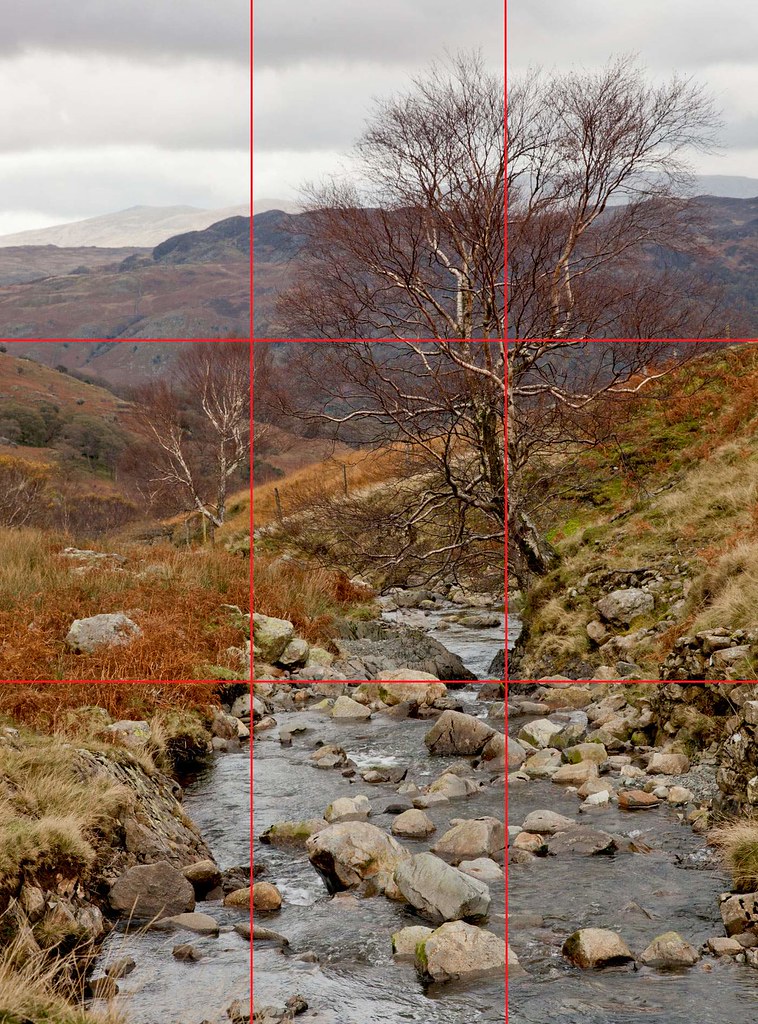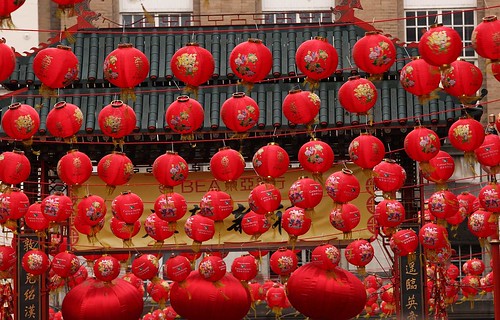
Colours, like most things, are interpreted by cultural convention. Such conventions are not really rules. They exist as guidelines and to help us be understood by others.
Lanterns at Chinese New Year
In art the use of the term ‘rules’ is of limited use. Generally, nobody goes to jail for breaking the rules of art. There are however, perfectly acceptable ‘conventions’. Although they may overlap, these conventions are broadly of two kinds. They could be:
- The established viewpoints of those who sign up to a particular school of art or come from a particular culture. This is a way of ‘seeing’ or interpreting the world through ideas.
- The conventions that represent a way to describe how humans respond to their body and senses. These are guidance to artists based on observations of our behaviour as biological organisms in a physical, measurable world.
Photographers, as artists, are free to accept or disregard both these approaches. ‘Rules’, in art, are accepted by convention alone.
Cultural conventions and the viewpoints of a particular school of art are important. Western art is in contrast to many of the Eastern, Oriental conventions in art. In Europe the colour red is strongly associated with love, romance, anger and perhaps baudyness or seedy places. To be ‘in the red’ is associated with financial ruin or debt.
In Chinese culture, by contrast, red is associated with good luck, friendship and wealth. It symbolizes good fortune, joy and happiness. Red is found everywhere at festivals and especially the Chinese New Year and family gatherings. Red is associated with traditional and financial gifts. The colour is taboo at funerals as it represents happiness. To the Chinese, red is a different concept to the view that Westerners take.
How you use a colour imparts different meanings in your photographs. Context is important to conveying meaning through colour. Cultural background is important to the interpretation of the colours you use. Context and culture are different things in art. They can of course overlap too!
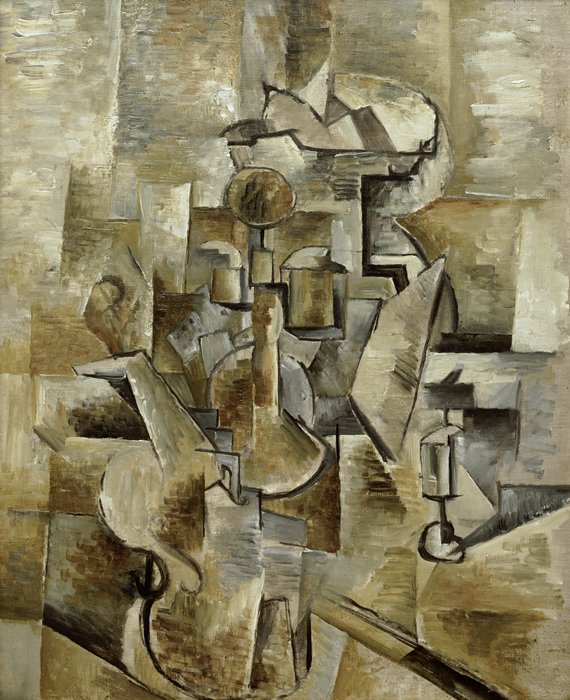
Violin and Candlestick by Georges Braque, A pioneering Cubist.
Click to see Cubism on Wikipedia
While culture affects the way an artist works, so do the various schools of art. For example ‘Cubism’ is the an artistic approach pioneered by Pablo Picasso and Georges Braque. Subjects are broken down into angular and abstracted forms. A new sort of art results, displaying depth, space and surfaces in ways not seen in the real world. People who sign up to this interpret the world through the Cubist view – deliberately ignoring the ‘rules’ which reflect our understanding of reality like perspective and depth.
What are the rules of composition? The ‘Rule of Thirds‘, ‘Golden Ratios’, the rules of perspective, the principles of art… and many others are really just guidelines. We accept them by convention because they help us to make sense of the world and the art we view. They have two important foundations. First, many things we see in the world we can measure or verify. Secondly, if people around you respond to and understand something then that shared convention helps you to communicate with them artistically. These two things are important. Together they help people understand art.
Well known rules, like the ‘Rule of Thirds‘, have an accepted success in the visual arts because they produce pleasing, artistic results. The concept of having a picture slightly off-balance (to the thirds) seems to make a picture more interesting, dynamic and realistic. Things in nature are rarely perfectly visually balanced. Putting something on a ‘third’ is a good guide to being more ‘natural’.
Knowing that people share cultures and approaches, or apply measurable, verifiable rules is important. It allows us to understand what is going on and helps us to interpret things – like your picture and other art. Knowledge of something does not destroy it’s effect. It helps us to interpret it. Consequently, we accept and discuss these ‘rules’ as if they were powerful and absolute.
We are NOT slaves to these rules and conventions. Sometimes the symmetry in something is worth pointing out. If you have spotted a beautiful bridge your photo of it is a testament to lovely design, a beautiful setting, a symmetrical aspect, a wonderful geometry… whatever you feel about it. You do not have to make the picture conform to the ‘rule of thirds’. If you think the symmetry is worth highlighting, then use a symmetrical position. Break the rule! Throw away the convention.
The same disregard can be said of cultural conventions. If you step outside those conventions you introduce humour, disquiet or discomfort in your viewer. That disquiet can be an important form of emphasis or a message to the viewer. By breaking the rules you can speak very powerfully to your viewers.
The only understanding we have of the world is through our own senses and ideas. If it makes sense to you then fine… just do it. When it comes to art, sometimes the rules help to make things work. They even make the art understandable and sometimes impactful. Break the convention, the rule, the expected, or the norm and you could well be creating something new, emphasising a different approach. This can be equally, or more artistically effective than sticking with convention.
Know the rules… be prepared to break them. It can provide a new perspective for your viewers.
By Damon Guy (author and Photokonnexion editor)

Damon Guy (Netkonnexion)
Damon is a writer-photog and editor of this site. He has run some major websites, a computing department and a digital image library. He started out as a trained teacher and now runs training for digital photographers.
See also:
Editors ‘Bio’.





